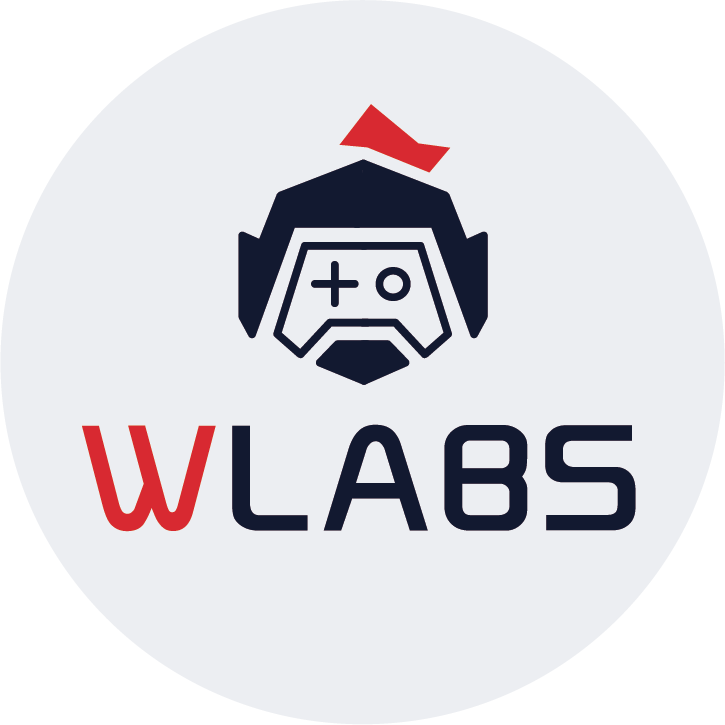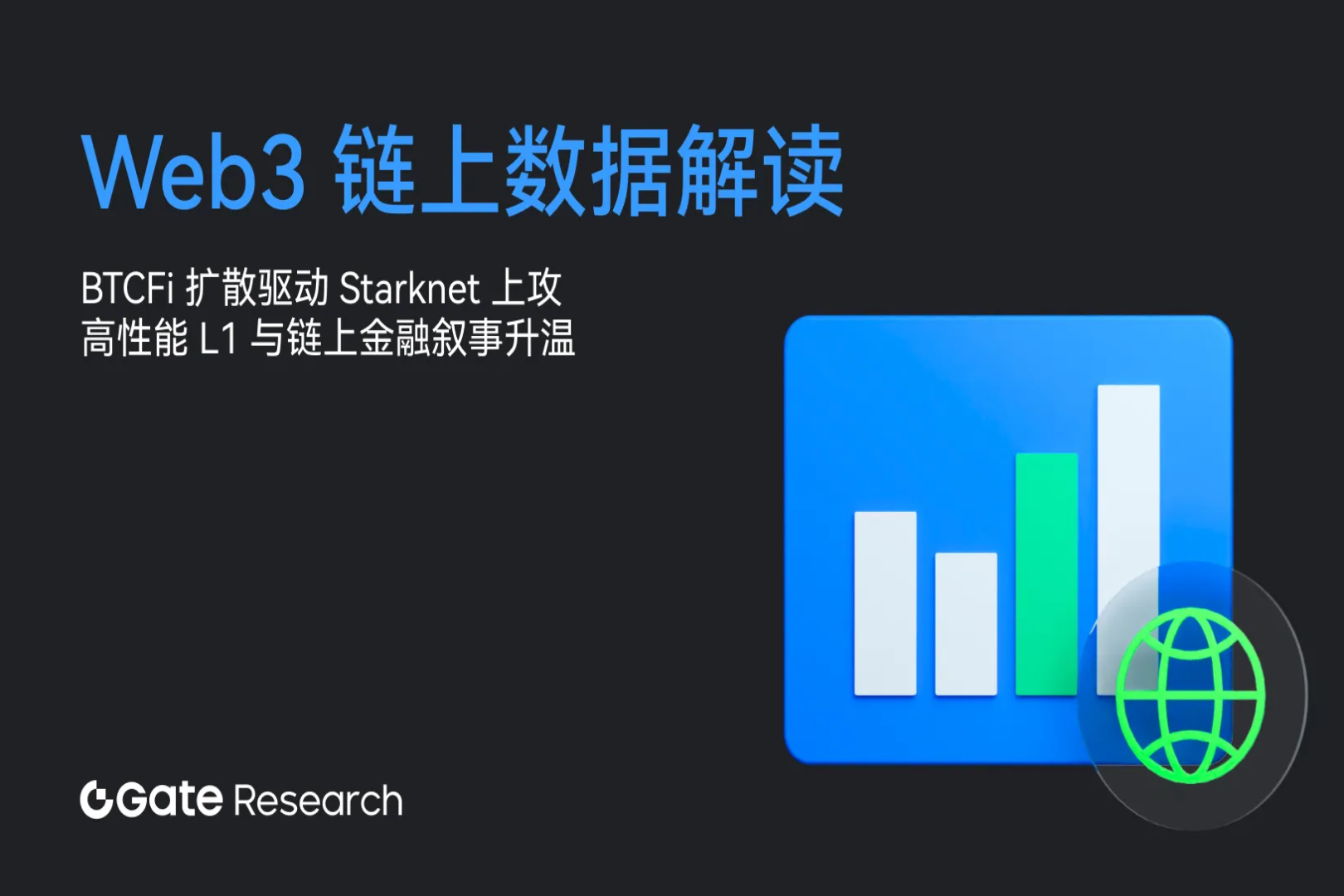AI in Crypto: Will it be a mess or a rebirth after the meme craze? (Part 1)
introduction
Since ChatGPT debuted at the end of 2022, the AI sector has been a hot topic in the crypto space. WEB3 nomads have always accepted the idea that "any concept can be hyped", not to mention AI with unlimited narrative context and application capabilities in the future. Therefore, in the crypto circle, the concept of AI first became popular for a while as a "Meme craze", and then some projects began to explore its practical application value: What new practical applications can encryption bring to the AI that is developing in full swing?
This research article will describe and analyze the current evolution of AI in the Web3 field, from the early hype wave to the current application projects that are beginning to gain momentum, and combine cases and data to help readers grasp the industry context and future trends. Here we throw out the immature conclusions at the beginning:
The AI meme stage is a thing of the past. Let’s keep all the gains and losses as eternal fragments of memory.
Some basic WEB3 AI projects have always emphasized the benefits that “decentralization” can bring to AI security, but users are not really interested in it. What users care about is “whether the tokens can make money” and “whether the product is easy to use”.
If you want to ambush AI-related crypto projects, the focus should be shifted to pure application AI projects, or platform AI projects (which can focus on many tools or agents that are easy for C-end users to use). This may be a wealth hotspot for a longer period of time after the AI Meme.

1. Differences in the development paths of AI in Web2 and Web3
-AI in the Web2 world is mainly driven by technology giants and research institutions, and its development path is relatively stable and concentrated. Large companies (such as OpenAI and Google) train closed black box models, and their algorithms and data are not public. Users can only use their results, which lacks transparency. This centralized control makes AI decisions unauditable, and there are problems of bias and unclear responsibilities. In general, Web2's AI innovation focuses on improving the performance of basic models and the implementation of commercial applications, but the decision-making process is not transparent to the public. This pain point of opacity has led to the rise of new AI projects like Deepseek in 2025 that appear to be open source but are actually "fishing in a fishing box".
In addition to the defect of opacity, WEB2's large-scale AI model has two other pain points: insufficient user experience in different product forms and insufficient accuracy in professional segments.
For example, if they want to generate a PPT, a picture, or a video, users will still look for new AI products with low entry barriers and better user experience to use and pay for them. Currently, many AI projects are trying to use code-free AI products in order to lower the user threshold.
For example, many WEB3 users must have had the feeling of powerlessness when using ChatGPT or DeepSeek to obtain information about a certain crypto project or token. The large model data cannot accurately cover the detailed information of any sub-industry in the world, so another development direction of many AI products is to make the data and analysis as in-depth and accurate as possible in a certain sub-industry.

-AI in the Web3 world
The WEB3 world is centered on the crypto industry, integrating the broader concepts of technology, culture, and community. Compared with WEB2, WEB3 attempts to move towards an open and community-driven route.
With the help of the decentralized architecture of blockchain, Web3 AI projects usually emphasize open source code, community governance, and transparency and trustworthiness, hoping to break the monopoly of traditional AI by a few companies in a distributed manner. For example, some projects explore using blockchain to verify AI decisions (zero-knowledge proofs ensure that model outputs are credible) or having DAOs audit AI models to reduce bias.
Ideally, Web3 AI pursues "open AI", so that model parameters and decision logic can be audited by the community, and developers and users are encouraged to participate through token mechanisms. However, in practice, the development of Web3 AI is still limited by technology and resources: it is extremely difficult to build a decentralized AI infrastructure (training large models requires massive computing power and data, but no WEB3 project can afford even a fraction of OpenAI), and a few projects claiming to be Web3 AI actually still rely on centralized models or services, but only connect some blockchain elements at the application layer. These WEB3 AI projects are relatively reliable and excellent, at least they are still developing real applications; while the vast majority of WEB3 AI projects are still pure Meme, or Meme under the banner of real AI.
In addition, differences in funding and participation models also affect the development paths of the two. Web2 AI is usually driven by research investment and product profitability, and the cycle is relatively flat. Web3 AI combines the speculative nature of the crypto market, and often has a "boom" cycle that fluctuates with market sentiment: when the concept is hot, funds flock in to push up token prices and valuations, and when it cools down, project enthusiasm and funds decline rapidly. This cycle makes the development path of Web3 AI more volatile and narrative-driven. For example, an AI concept that lacks substantial progress may also cause a surge in token prices due to market sentiment; conversely, even if there is technical progress, it is difficult to gain attention when the market is sluggish.
We are still keeping a "low-key and cautious expectation" for the main narrative of WEB3 AI, "decentralized AI network". What if it really comes true? After all, there are epoch-making existences such as BTC and ETH in WEB3. However, at the current stage, we still need to be down-to-earth and conceive some scenarios that can be implemented immediately, such as embedding some AI Agents in the current WEB3 projects to improve the efficiency of the projects themselves; or combining AI with some other new technologies to generate new ideas applicable to the encryption industry, even if it is a concept that can attract attention; or AI products that only serve the WEB3 industry, whether in terms of data accuracy or more in line with the work habits of WEB3 organizations or individuals, to provide services that people in the WEB3 industry can pay for.
To be continued. The following article will mainly review and comment on the five waves of WEB3 AI and some of its products ( such as Fetch.AI , TURBO, GOAT, AI16Z, Joinable AI, MyShell, etc.).
Reference articles:
Web3 AI vs. Web2 AI: Why Open-Source and Transparency Will Win
From AI Agent to AI L1: Virtuals, ai16z and zerebro
【Disclaimer】
The information in this material is derived from public or other information that we believe to be reasonably reliable. Guatian Laboratory makes no express or implied warranties as to its accuracy, adequacy, completeness or appropriateness for its use.
The information, introduction, data, etc. in this material are for readers' reference only. Under no circumstances should any content of this material be regarded as any invitation or recommendation, and does not constitute investment advice. All risks that may be faced by investment-related project assets (including but not limited to: investment risk, management risk, legal risk, tax risk, liquidity risk, credit risk, policy risk, economic cycle risk, interest rate risk, operational risk, risk caused by force majeure, etc.) shall be borne by the investors themselves. Guatian Laboratory and/or its related personnel shall not bear any legal responsibility for any consequences caused by relying on or using this material.
Without the written consent of Guatian Laboratory, no organization or individual may copy, disseminate or modify the contents of this material in any form.



